Designed in the late 1950’s by Abram Samuilovich Kassatsier the Project 651 NATO codenamed Juliett class boats were the Soviet Union’s first real purpose built conventionally powered cruise missile submarines; they would also be the last.
These boats were the follow on from the Project 644 and 665 NATO codenamed Whiskey twin cylinder and Whiskey long bin and like the Whiskey they were armed with the same missile the P5 Pyatyorka.
Outwardly these submarines look pretty similar to their nuclear-powered cousins the project 659 Echo class, and in truth they are similar in many ways.
The Juliett was designed after the Echo and this was due to expected delays in the Echo class program, so the two boats do share some similarities.
A total of 35 boats were originally planned; however, this was scaled back due to the Echo class coming online quicker as well as a newer more capable class of submarine carrying a new missile coming online, that submarine being the project 670 Skat NATO code name Charlie class.
In all only sixteen were ever built the last one entering service in 1968 and the last leaving service in 1994.
Two boats the K77 and K24 were preserved as museums. The K77 become the star in the Hollywood blockbuster K19 Windowmaker staring Harrison Ford and Liam Neeson, the submarine played the part of the ill fated K19 a project 658 Hotel class submarine.
Sadly the K77 would ultimately sink in 2007 after a storm hit Rhode Island, she lay there until raised in 2009 and scrapped.
K24 known as U461 in Germany, is currently located in Peenemunde and is open to the public to tour at will.
K24 was laid down in Nizhniy Novgorad on October 15 1961, launched on December 28 1963 and brought into commission on October 31 1965 then assigned to the Northern fleet.
During her lifetime she would take part in many missions mainly taking her into the Mediterranean and North Sea. The research shows that she participated in at least four missions into the Mediterranean during her career and at least one into the North Sea.
Her main role was to track and if needed to attack western carrier groups with her four SS-N-3C shaddock missiles.
The Role and weapons
The Juliett class were submarines that were designed to attack aircraft carrier groups, this meant a heavy armament was needed.
The P5 Pyatyorka NATO Codenamed SS-N-3c Shaddock Missile was originally designed to attack land targets, but it was modified and became one of the Soviet Union’s first-generation anti-ship cruise missile.
These missiles armed the Whiskey Mod, Echo and Juliette class submarines but also the Kresta and Kynda class cruisers.
The Juliett’s were not as heavily armed as their nuclear-powered cousins carrying just four missiles as opposed to six and then later eight missiles in the Project 675 Echo II.
The Missile which was 11.75 meters long 1 meter wide weighed 5 tons was powered in flight by a turbo jet engine which was assisted at launch by rocket boosters.
The missile could deliver a 200kt nuclear warhead with a CEP of around 300 meters some 750km at just under the speed of sound.
The missile was initially guided by the submarines Albatros tracking radar which is located on the front of the sail behind a set of clamshell doors which when open reveal a 10m2 RADAR antenna.
It could also receive downlinks from other units including aircraft, and eventually satellite using the Uspekh – U data link system, and also by using the ARP-53 radar detection device could locate enemy radar signatures, later on this would be enhanced with the MRPC-2 ESM system.
For navigation and reconnaissance the submarines used the Nakat Radar which can be used in conjunction with the Sila – N-651 navigation complex.
This wasn’t all the Juliett had to fight with, her bow contains six 533mm torpedo tubes for standard 53cm torpedoes with twelve reloads, and her stern has four 400mm torpedo tubes with another four reloads.
The Sensors
The Juliett class had different sonar systems fitted throughout its life time, which included both active and passive sonars.
The first was the MG-200 Artika M which is an active sonar, backed up by the MG-15 active sonar system. Also in use was the Tamil 5L sonar system which is found on the Foxtrot class submarine.
The MG-10 Kola noise detection sonar, as well as the Svet 2 system which provided passive sonar capability together with the Tuloma sonar suite.
The MG-13 provided the submarine the ability to intercept other units sonar and obtain the direction of the opposing sonar system.
This gives the submarine the capability to take on other surface ships and submarines if required, however her main aim is to avoid such interactions and attack at a distance
Engineering and Capability
The Juliett class were long range capable boats able to achieve at a modest 7 knots some 9,000 miles and could remain submerged the entire time using only the snorkel to replenish the air and recharge the batteries.
The boats however were slow even for a conventional boat, on trails the Juliett achieved just 16 knots surfaced and 18 knots submerged.
The Juliett’s were powered by two main 4,000shp Kolomna D-43 diesel engines as well as a single 1,750 Kolomna 2D-42 supplementary engine.
Submerged two 3,000shp PG-141 main electric motors giving off 2.2mw would power the boat, there was also two 500shp 0.4mw PG-140 electric creep motors for silent operations.
One boat became a project 651E which used The VAU-6 small nuclear power plant (600 kW) to provide recharging and air recirculation capability, the test was successful but abandoned due to cost in the 1990’s.
By using a small nuclear reactor in a conventional boat it increased the submarines capability enormously however it appears not to have been repeated.
Unlike a lot of soviet boats, the Juliett’s were not deep divers operating at only 240 meters with a maximum depth of 360 meters.
They were built of standard low magnetic steel (similar to HY80) and were double hulled with the outer hull casing being covered in 2-inch-thick rubber and the inner hull being split into eight watertight compartments.
This gave the class a reserve buoyancy of nearly 32%, it also made their detectable magnetic signature much lower and their noise signature lower.
The Juliett’s were just slightly larger than the Foxtrot class submarines at 90 meters long and 10 meters wide this gave the boats a fatter appearance they were however much heavier displacing 3,200 tons surfaced and 4,200tons submerged.
The end of the road
At the end of the cold war in 1991, and the massive cutbacks that followed the Juliett’s days were numbered, many of them now approaching thirty years old they were destined only for scrap, the last of the class was decommissioned from service in 1994.
The class did not really make a significant impact on NATO or even the Soviet Union, ultimately they quietly retired and one by one went to the scrap yard.
Today K24 remains the sole survivor of her class, a class that is now long forgotten.
Further Reading and more on K24 / U461
Find out more about K24 / U461: https://museumships.us/germany/u461
More Pictures of K24 / U461 and Peenemunde https://www.flickr.com/photos/131313936@N03/albums/72157670586473317
Chinas first nuclear submarine: https://www.navygeneralboard.com/the-long-march-chinas-first-nuclear-submarine/
Walk through the worlds only SSBN open to the public https://www.navygeneralboard.com/a-walkthrough-of-a-ssbn/
Find out about the Soviet Unions first nuclear submarines https://www.navygeneralboard.com/the-first-soviet-nuclear-submarines/
Learn about the worlds first Ballistic missile submarine its not what you think! https://www.navygeneralboard.com/project-611-zulu-class-submarines/
Take a trip through one of the most well known cold war Soviet Submarines https://www.navygeneralboard.com/a-cold-war-warrior-a-walkthrough-of-a-foxtrot-class-submarine/

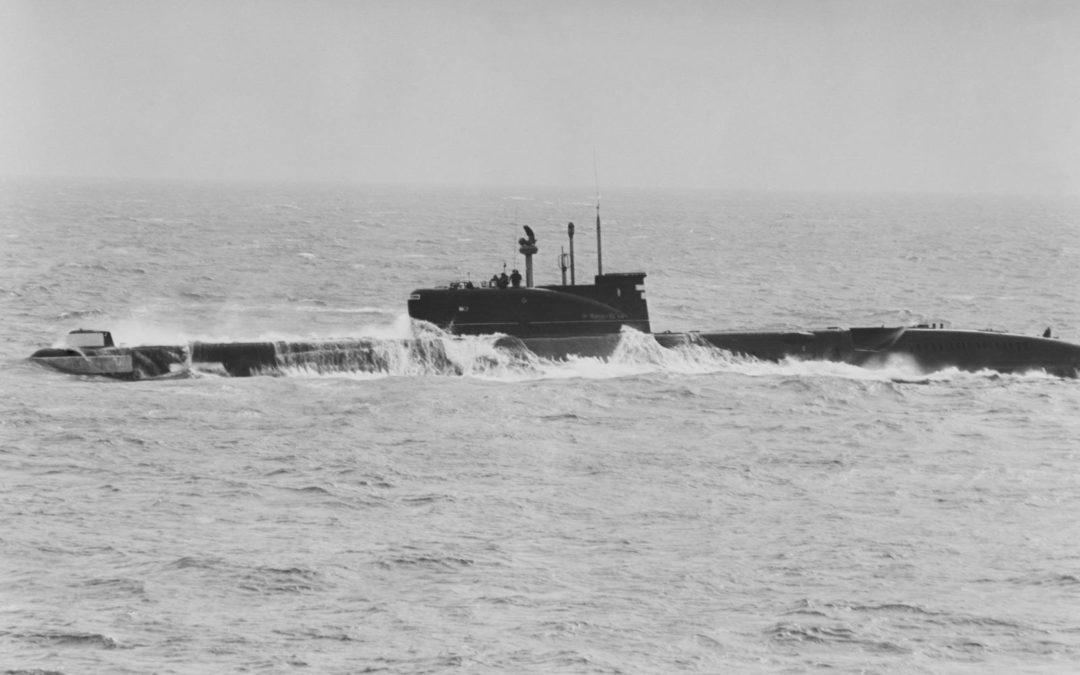
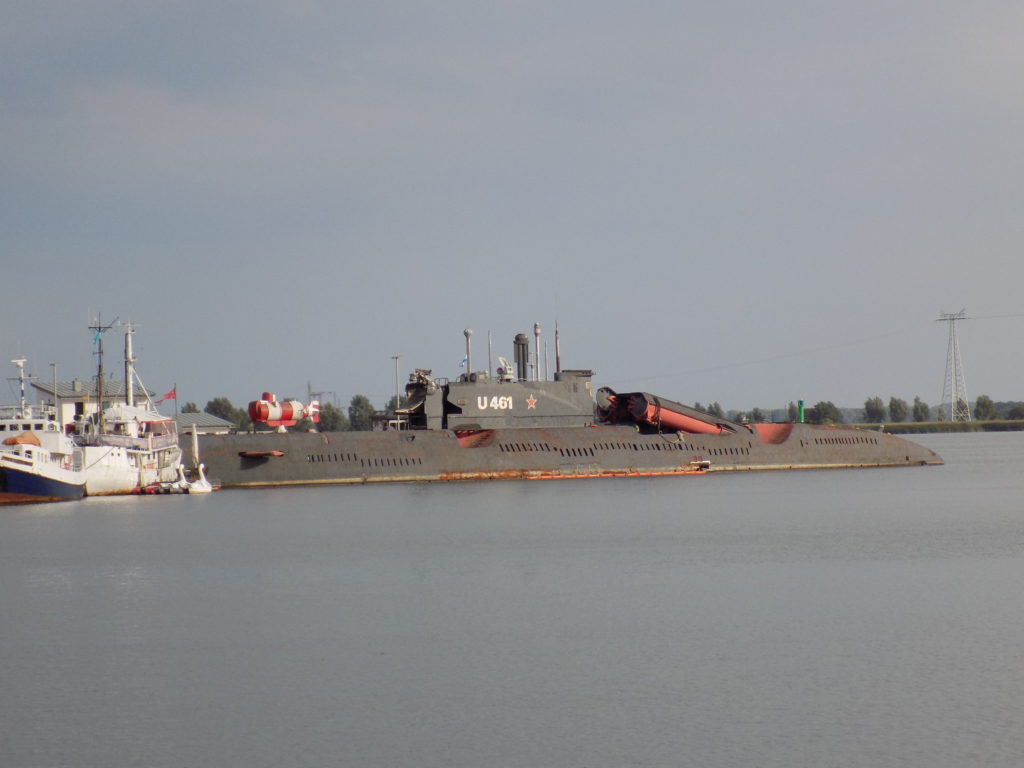

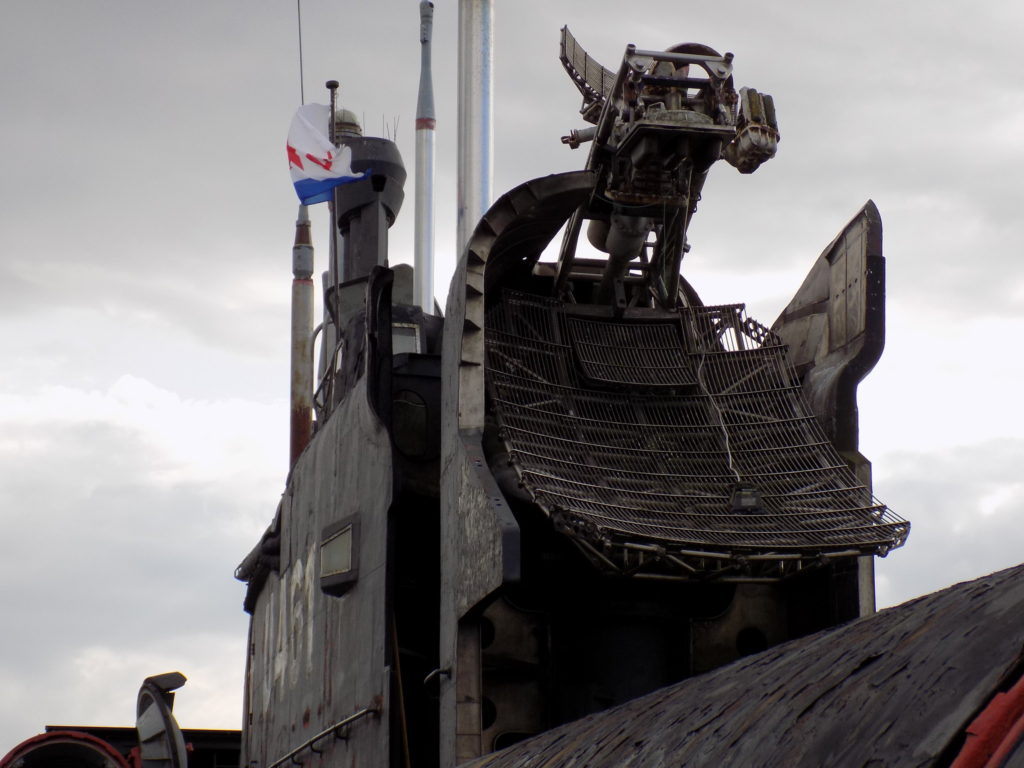
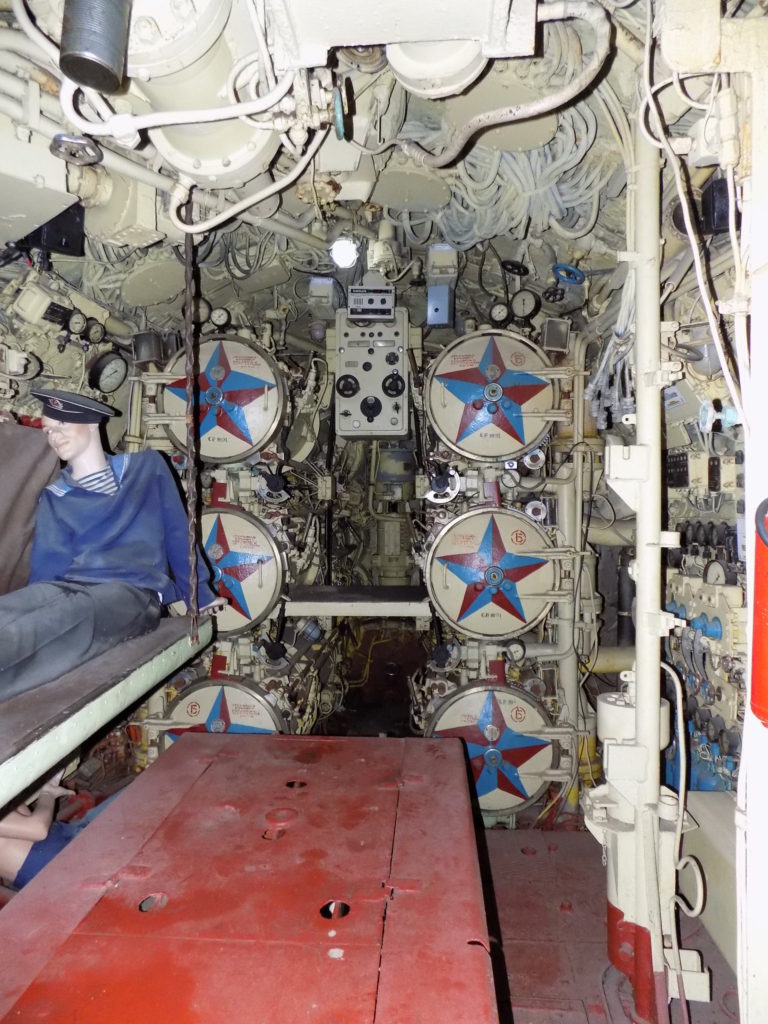
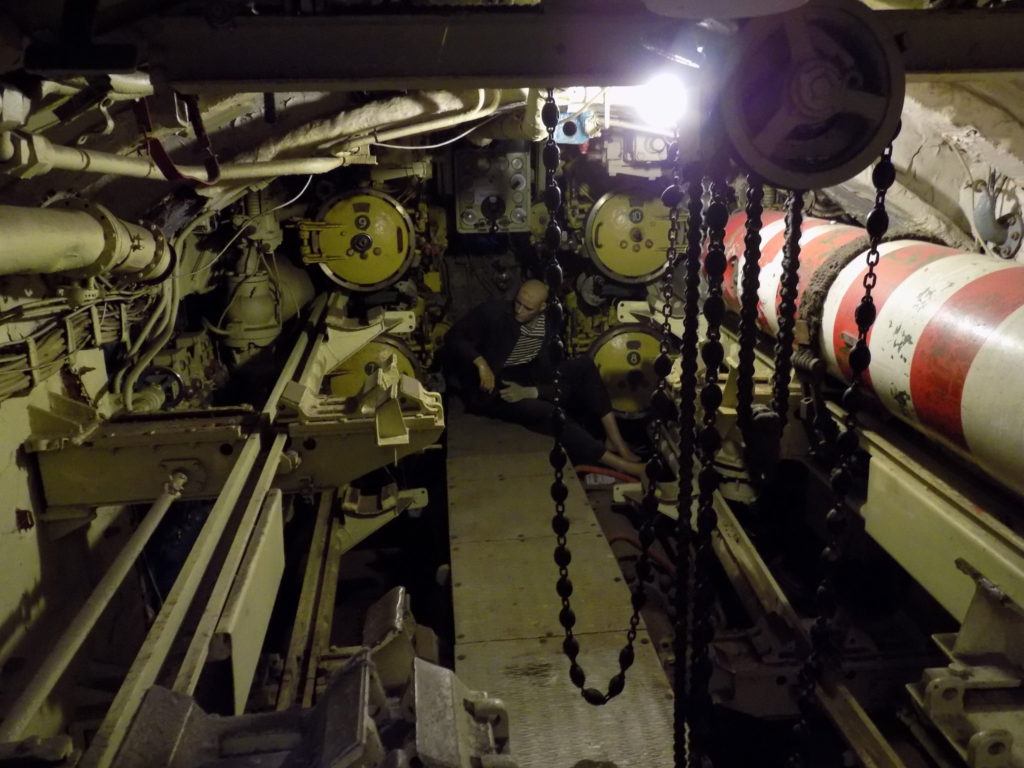
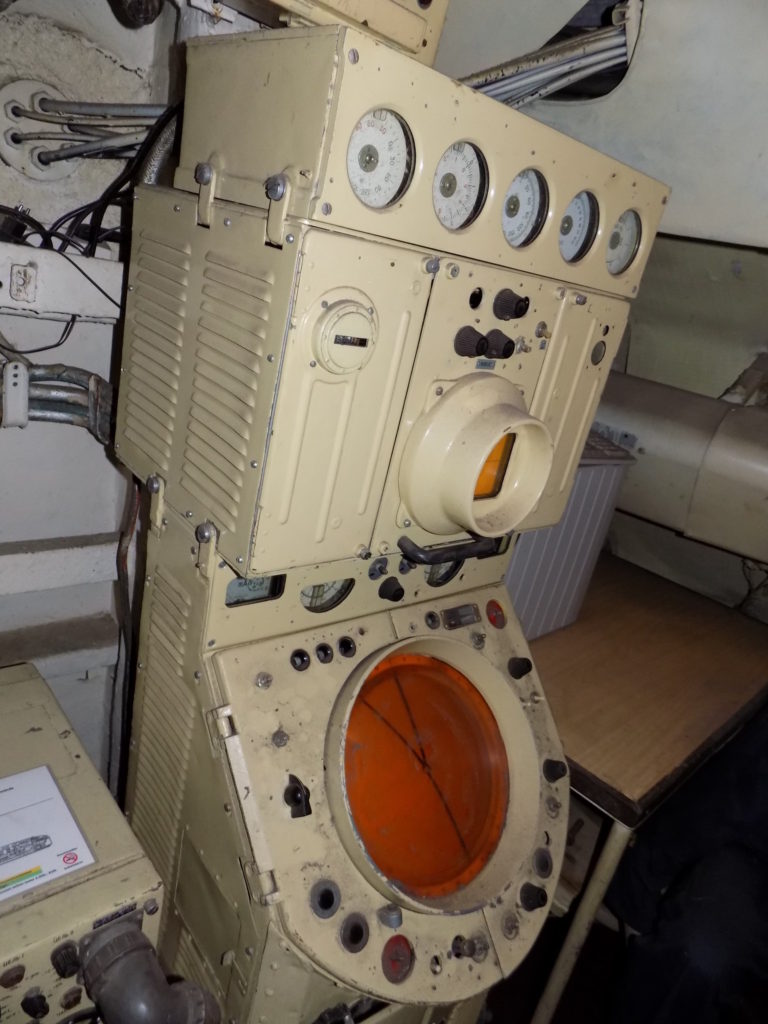
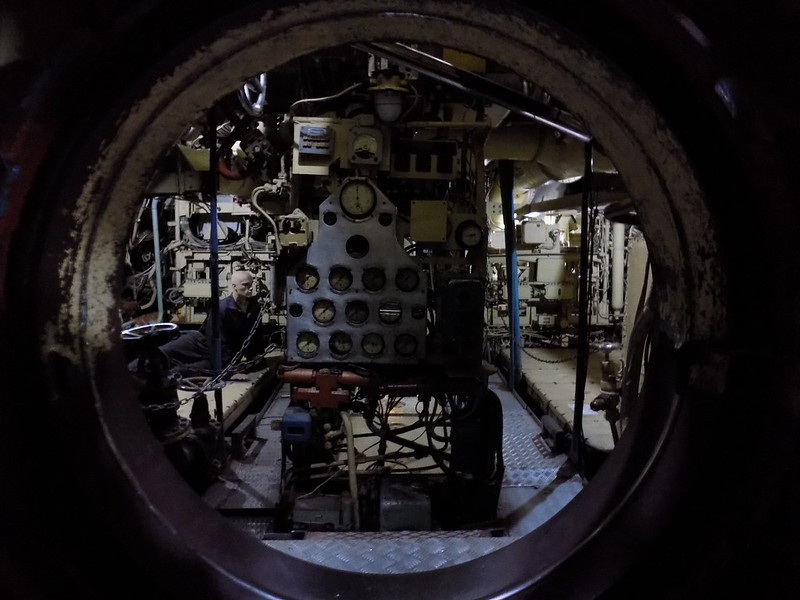

Recent Comments